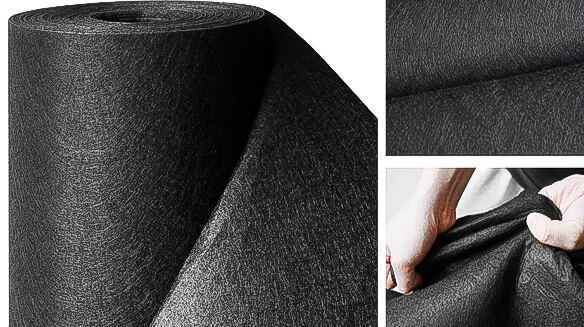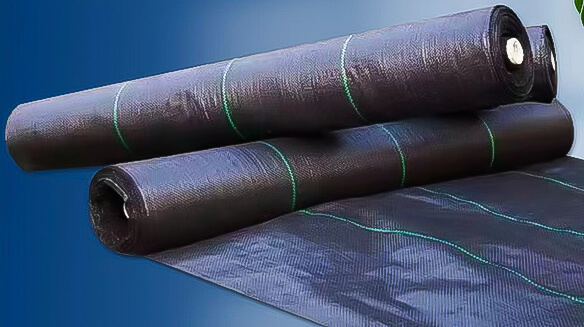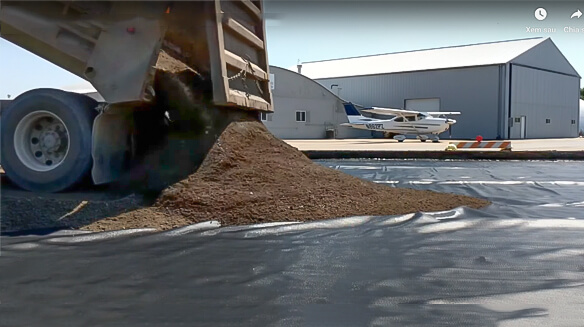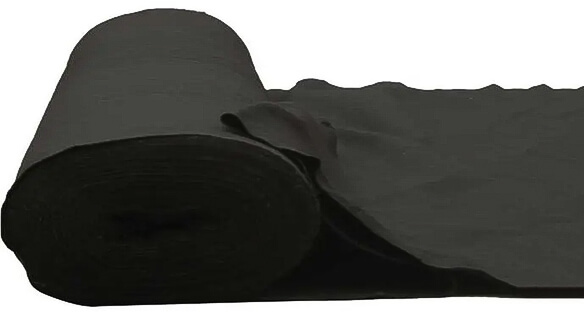Contents
- Woven Monofilament Geotextile Fabric: Woven Geotextiles
- The advent of Woven Geotextiles in the Geotextile Industry
- Understanding Woven Monofilament Geotextiles and Their Open Area
- Exploring Mirafi Fabric: A Premium Woven Monofilament Geotextile
- Differentiating Mirafi Products: Woven Vs. Non-Woven Geotextiles
- Conclusion
- Frequently Asked Questions
- How do the unique properties of woven monofilament geotextiles contribute to their high performance in construction and environmental conservation?
- What is the importance of the ‘open area’ in woven monofilament geotextiles?
- How do Mirafi’s woven and non-woven geotextiles differ in their applications and properties?
- How has the introduction of woven geotextiles impacted the geotextile industry?
Woven Monofilament Geotextile Fabric: Woven Geotextiles
Meta: “Woven Monofilament Geotextile Fabric” is an outstanding material in construction and landscaping. Manufacturers create this fabric by weaving extremely strong and durable monofilament fibers, allowing it to withstand various pressures and loads. When used in construction projects, this geotextile fabric enhances the soil’s strength, improves filtration, and stabilizes the embankment. Simultaneously, it prevents the intrusion of unwanted materials, creating a solid foundation for any project.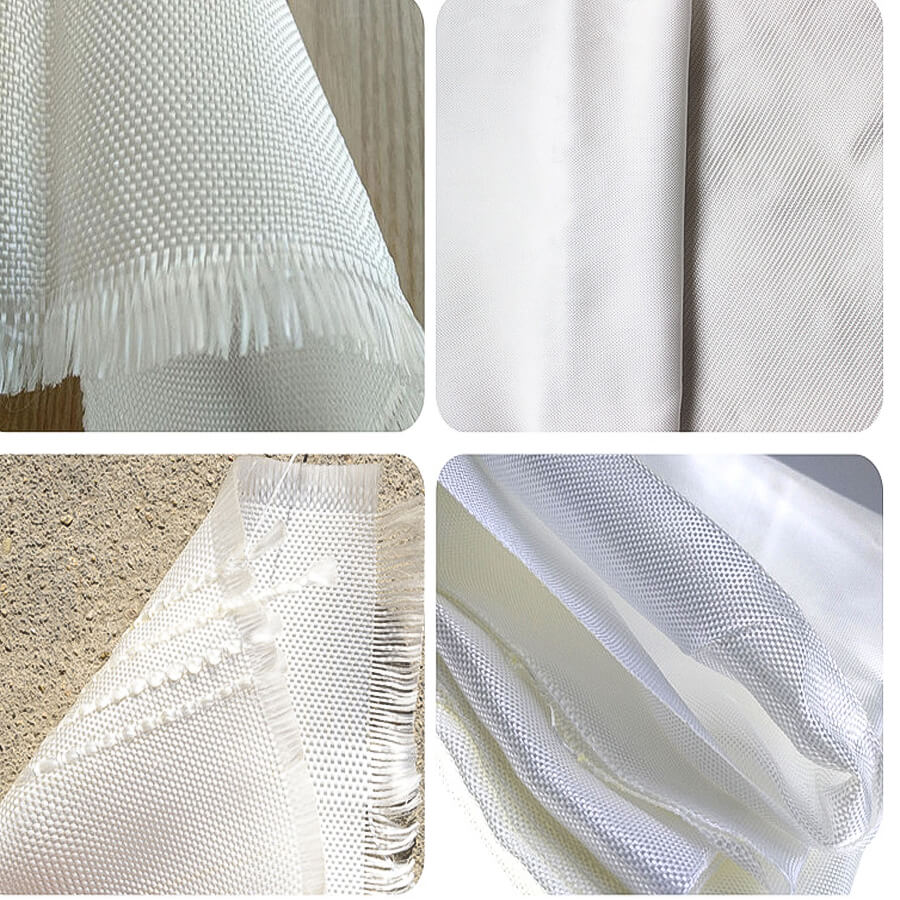
The advent of Woven Geotextiles in the Geotextile Industry
The introduction of woven geotextiles, also known as woven monofilaments, has revolutionized the geotextile industry. These textiles have transformed materials handling in sectors like construction and agriculture. Woven geotextiles, crafted from a single thread or monofilament, offer exceptional strength and durability. Each strand is a robust, standalone element, contributing to a resilient network.
Mirafi emerges as a leading brand when discussing resilient fabrics. Known for its premium quality woven geotextile products, Mirafi sets the industry standard. Its product range, particularly woven and non-woven geotextiles, enjoys significant industry preference. Mirafi’s woven geotextiles, notably, offer excellent filtration functionality, making them a top choice for many. These textiles fit various applications, maintaining strength under all conditions.
In conclusion, the arrival of woven geotextiles, particularly woven monofilament geotextiles, has significantly enhanced the geotextile industry. These textiles continue to add value, fuel innovation, and set benchmarks, redefining industry standards.
Understanding Woven Monofilament Geotextiles and Their Open Area
Woven monofilament geotextiles, recognized for durability and versatility in erosion control, are a builder’s favorite. These unique geotextiles result from weaving individual monofilaments, forming a strong and adaptable fabric. Comparable to Terratex and Mirafi fabric alternatives, they serve as effective filters in civil engineering projects.
A key feature of these woven geotextiles is the ‘open area’. It pertains to the spaces between strands, similar to holes in a net. This design allows water flow while trapping soil particles, preventing erosion. The open area thus plays a vital role in the geotextile’s performance as a filter. LINQ GTF, a known manufacturer, excels in producing open-area monofilament geotextiles with superior filtering traits.
Grasping the importance of the open area is vital in understanding woven monofilament geotextile fabrics. Whether control blankets, geotex, or other woven materials, all geotextile products operate on this principle. A closer look at these products unveils the central role of woven geotextiles in contemporary construction and environmental conservation. Therefore, geotextile fabrics truly embody the art of synthetic weaving.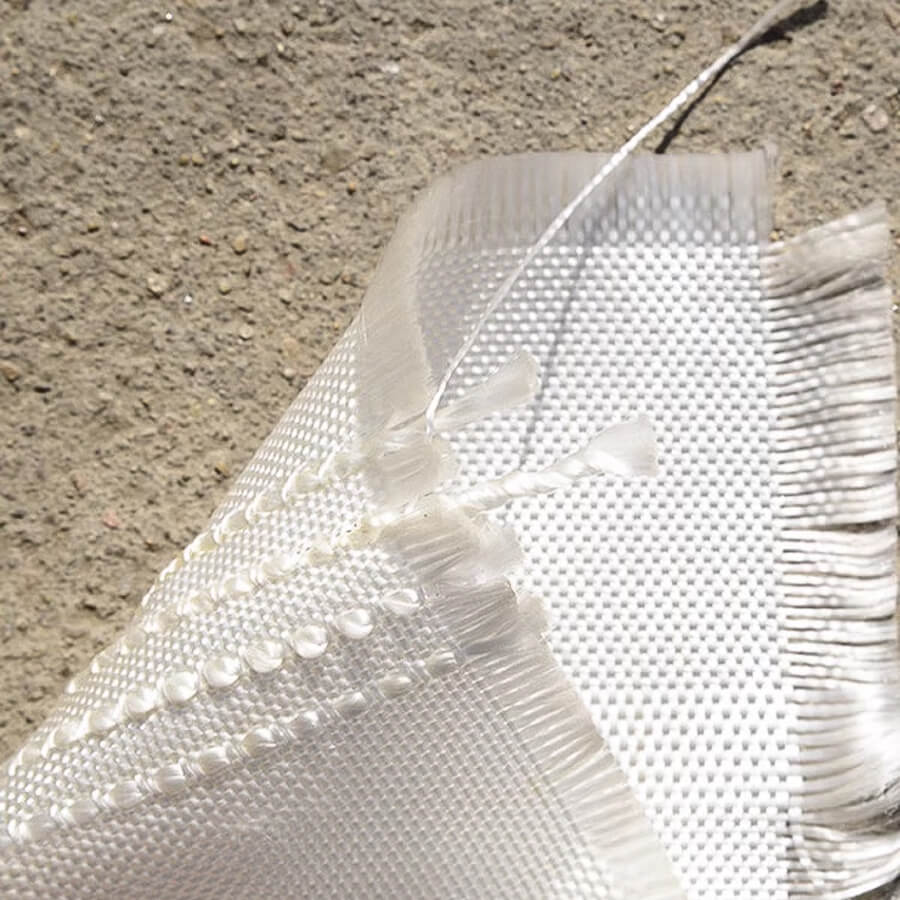
Application and Advantages of Using Monofilament Geotextiles
Engineered using highly durable monofilament fibers, similar to fishing lines, monofilament geotextiles offer significant advantages across various sectors. Advanced weaving techniques produce these geotextiles, which serve multiple functions like filtering, separating, protecting, and draining. Their popularity arises from their durability, versatility, and affordability.
Commonly known as “tex,” woven monofilament geotextile fabric possesses an open area allowing certain-sized particles to pass, optimizing sediment control and sub-surface drainage. The system incorporating this geotextile material delivers high performance, regardless of environmental conditions or project size, leading to its preference in many industrial sectors.
At the core of any geotechnical engineering project, these woven geotextiles boast impressive tensile strength due to their weaving pattern, enabling them to withstand high stresses and contributing to the longevity of various structures. Given the array of benefits, it’s clear why these unique geotextiles command a leading position in the market. With widespread usage, it’s not surprising to see monofilament woven geotextiles hailed as the fabric of the future, signaling significant advancements in the textile and geotechnical sectors.
Exploring Mirafi Fabric: A Premium Woven Monofilament Geotextile
The realm of woven geotextiles undoubtedly features the high-grade Mirafi fabric prominently. Crafted using advanced technology, this premium monofilament woven geotextile delivers optimal results. Constructed from woven monofilament geotextiles, composed of single filament threads woven together, Mirafi fabric boasts exceptional permeability and filtration characteristics.
Mirafi’s woven geotextile distinguishes itself from others due to its exceptional durability and top-tier construction quality. It’s the epitome of woven monofilament geotextile products. With unique properties like high resistance to UV degradation and biological decay, it often surpasses traditional geotextile fabrics.
As a monofilament geotextile, Mirafi fabric features an excellent open area for effective liquid filtration, thus extending the lifespan of construction projects. PDF Skaps leverages superior fabric materials and cutting-edge geotex technology to ensure Mirafi fabric meets needs from erosion control and soil stabilization to sediment management. So, reap the benefits of the woven monofilament geotextile fabric market with Mirafi fabric and transform your project landscape!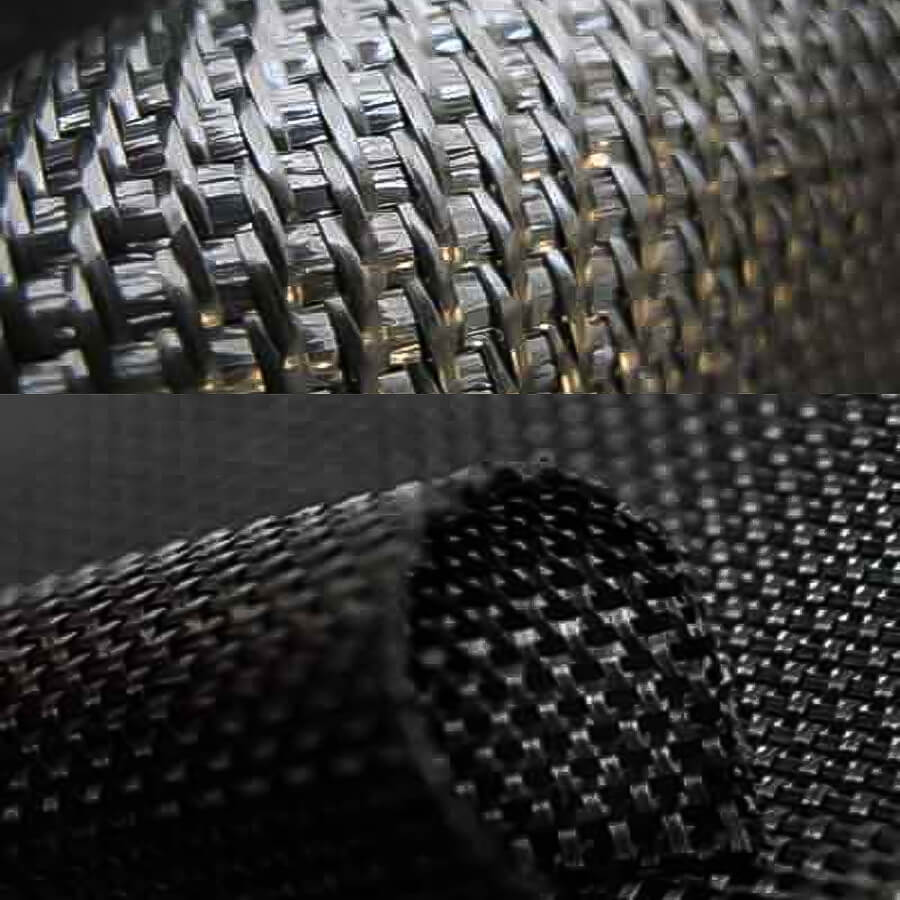
Mirafi HP770 Geotextile Fabric
Differentiating Mirafi Products: Woven Vs. Non-Woven Geotextiles
Mirafi offers a diverse range of products, primarily divided into woven and non-woven geotextiles. Woven geotextiles, like the Woven Monofilament Geotextile Fabric, have a tightly woven structure akin to a wellcraft egress. This design makes them ideal for applications requiring robust fabric, such as control overview and technical storage. Conversely, non-woven geotextiles resemble a fishing line, offering excellent filtering qualities. They excel in tasks involving liquid filtration or soil erosion prevention.
A closer look at the materials reveals notable differences. Woven geotextiles resist mechanical and hydraulic stress exceptionally well. Their woven structure results in immense strength, making them favored for load-bearing applications. In contrast, non-woven geotextiles are highly absorbent, with a random fabric arrangement that enables efficient water drainage.
The choice between woven and non-woven geotextiles depends significantly on the application and soil conditions. Whether you opt for monofilament woven, monofilament geotextiles, or simple woven geotextiles, Mirafi ensures superior quality and adherence to linq to standards. So, carefully assess your needs, scrutinize the fabrics, consider their benefits, and make an informed decision.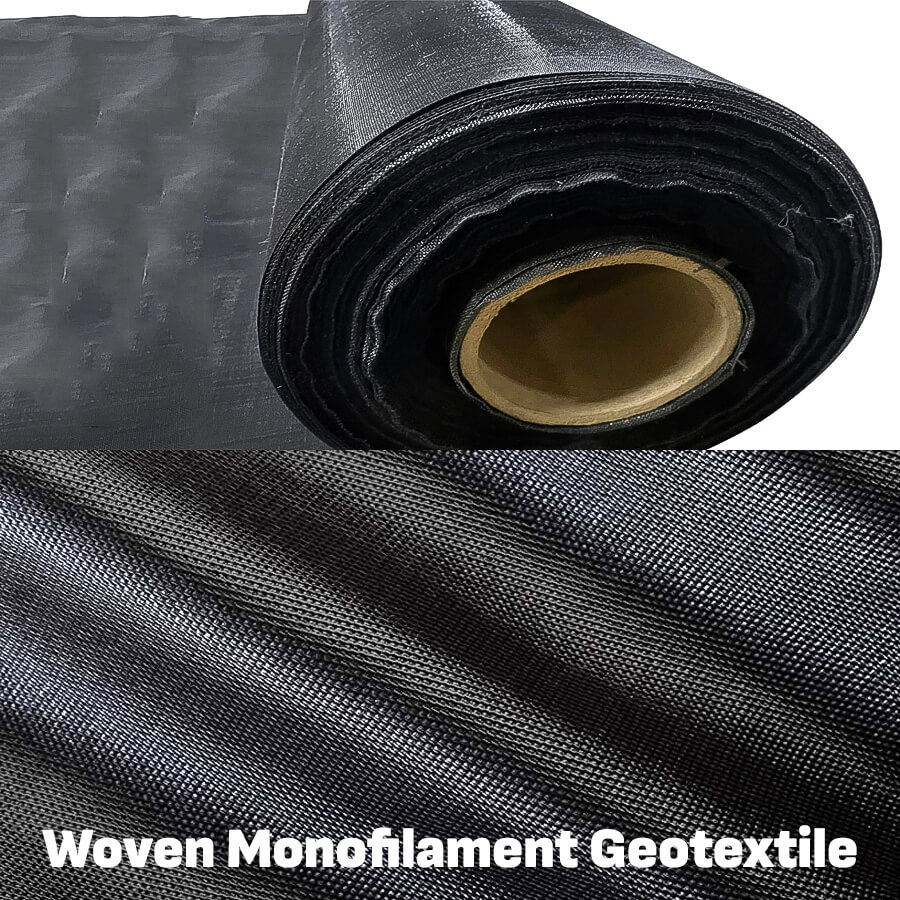
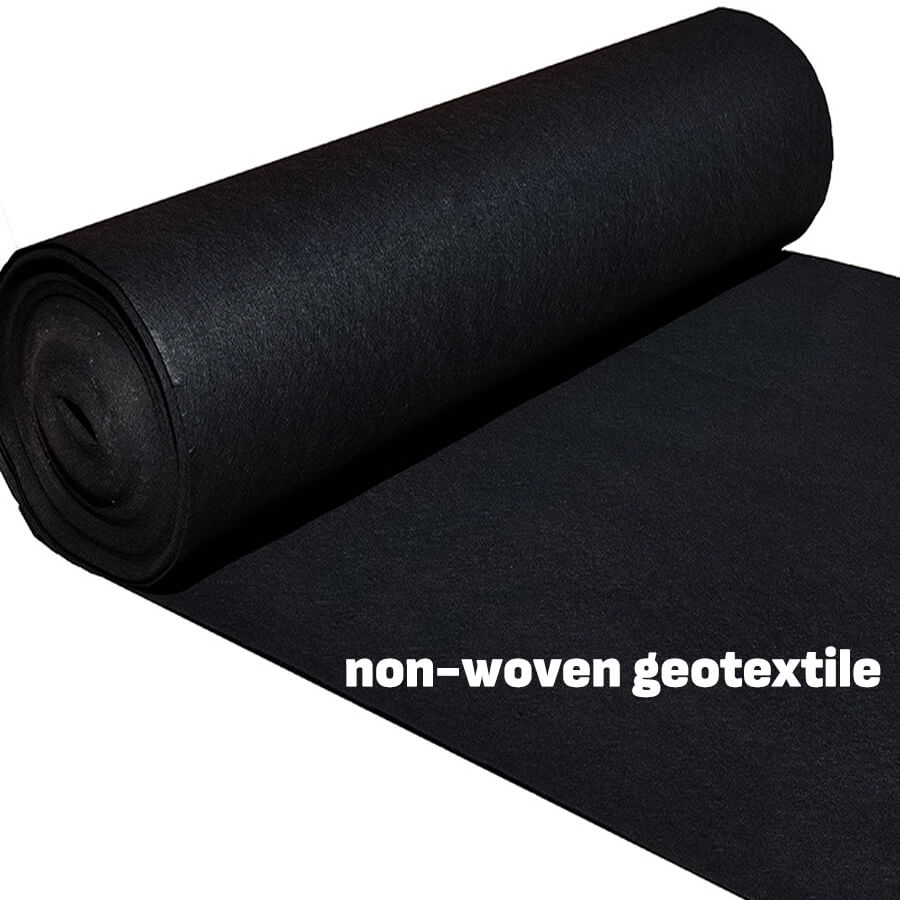
Conclusion
The advent of woven monofilament geotextiles has profoundly impacted the geotextile industry, ushering in a new era of construction and environmental conservation practices. The open area feature of these textiles allows effective filtration, contributing to improved soil strength, enhanced embankment stabilization, and optimized sediment control. Brands like Mirafi lead the industry, offering high-quality woven and non-woven geotextiles, each with unique advantages tailored to different applications and conditions. As the demand for these textiles continues to grow, they remain a testament to synthetic weaving artistry, driving innovation, and setting new industry standards.
Frequently Asked Questions
How do the unique properties of woven monofilament geotextiles contribute to their high performance in construction and environmental conservation?
Woven monofilament geotextiles are exceptionally durable, and versatile, and offer excellent tensile strength. They also have an open area that allows effective filtration, making them ideal for applications like erosion control, soil stabilization, and sediment management.
What is the importance of the ‘open area’ in woven monofilament geotextiles?
The ‘open area’ refers to the spaces between strands in the fabric, similar to holes in a net. This feature allows water to flow while trapping soil particles, preventing erosion, and contributing to effective filtration, a crucial aspect of many geotechnical engineering projects.
How do Mirafi’s woven and non-woven geotextiles differ in their applications and properties?
Mirafi’s woven geotextiles are known for their strength and resistance to mechanical and hydraulic stress, making them suitable for load-bearing applications. On the other hand, their non-woven geotextiles are highly absorbent and efficient at draining water, making them ideal for applications involving liquid filtration or soil erosion prevention.
How has the introduction of woven geotextiles impacted the geotextile industry?
The introduction of woven geotextiles, particularly woven monofilament geotextiles, has significantly enhanced the geotextile industry. They’ve added value, spurred innovation, and set new industry benchmarks, transforming materials handling in sectors like construction and agriculture.






